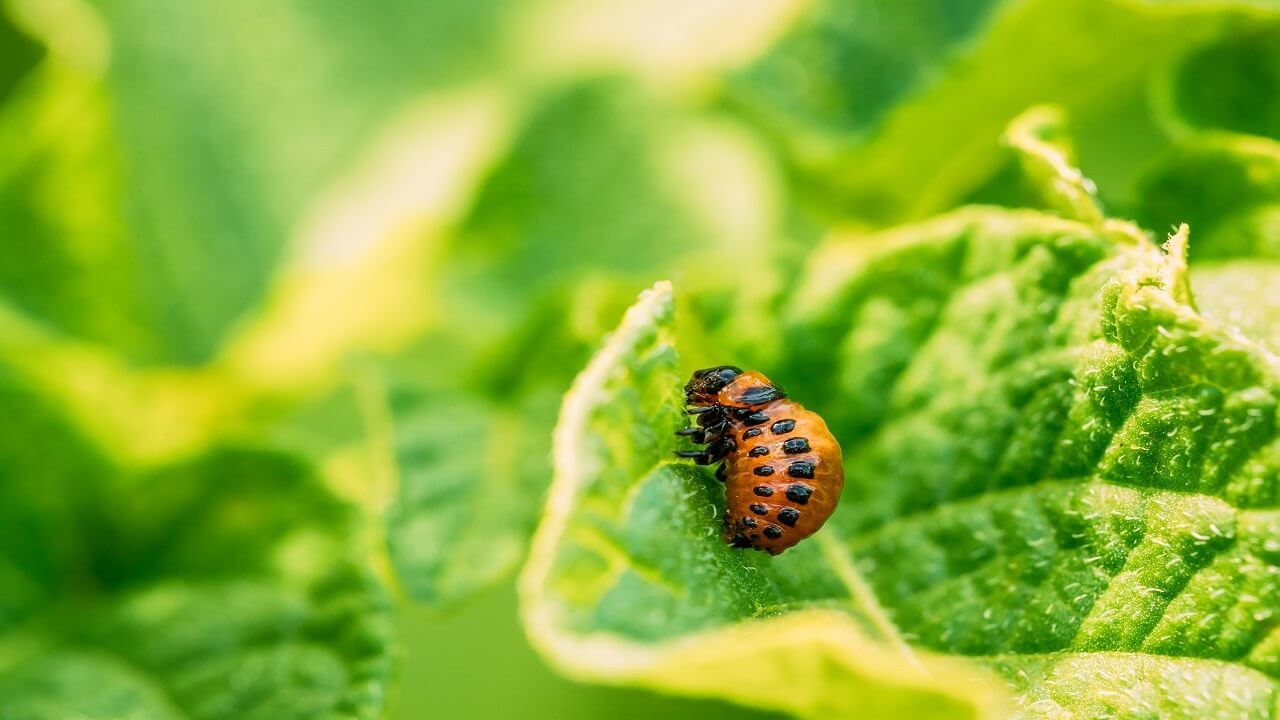
Greenhouse Integrated Pest Management
October 2, 2023, 11:51 am
Greenhouse Integrated Pest Management (IPM) is a strategy that prevents pest damage with minimum adverse impact on human health, the environment and non-target organisms.
Greenhouse Integrated Pest Management
The term “pest” refers to more than one cause of problems including diseases, undesirable insects, mites, molluscs, nematodes and weeds. In IPM programs, growers use their knowledge of crop and pest biology to take actions that reduce the environment’s suitability for pest establishment and increases in pest populations. IPM employs careful monitoring techniques and combinations of biological, cultural, mechanical, chemical and environmental or physical control.
Pesticides are used only if monitoring indicates that they are needed. If pesticides are necessary, they are chosen and applied in a way that avoids disrupting other IPM practices.
Integrated Pest Management (IPM) Programs
Successful IPM programs have five key components:
- Prevent problems
- Regularly monitor crops and growing areas
- Accurately diagnose problems
- Develop control action thresholds and guidelines
- Use effective management methods
Prevent Problems
Many crop problems can be anticipated and avoided. Prevention is often least expensive and most effective, and sometimes the only control option available. By the time plants begin to appear unhealthy, many problems cannot be cured, and the crops may have already been seriously damaged.
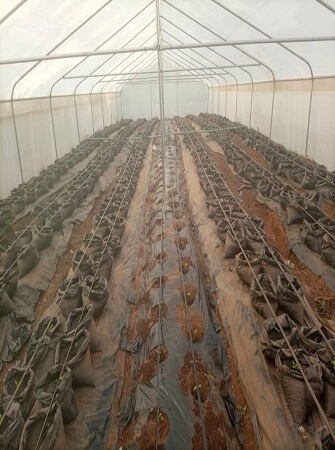
Key pest prevention techniques include:
- Planning your crop production and IPM program in advance
- Using good sanitation and exclusion
- Properly managing the environment
- Cultural practices
Greenhouse Preparation and Scouting
Before introducing a crop into a greenhouse it is imperative to remove weeds, algae, “pet plants,” and any plant and growing medium debris located throughout the greenhouse, particularly underneath benches, because these provide refuge for arthropod pests. In addition, repair any drainage problems that may contribute to recurring arthropod pest outbreaks. Crops growing in adjacent greenhouses or outdoors should be recorded.
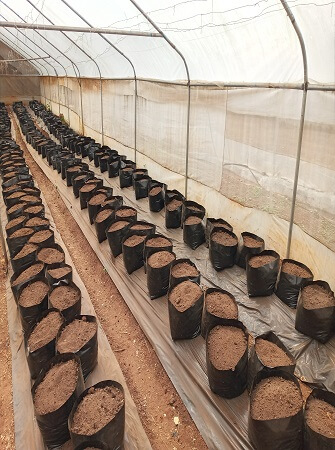
Previous pest problems in the greenhouse and current pesticide application methods should be reviewed. A plan of action may then be developed to eliminate these problems prior to the arrival of the crop. Prevention of key pest problems may be more easily accomplished if the grower and scout take the time to identify, analyze and correct problems before crops are introduced.
Also, consider how the variety of plants to be grown in the same area may influence ease of pesticide applications and spread of disease. For example, keep seedling and cutting geraniums separate to help minimize spreading bacterial blight. Keep propagation houses separate from other growing areas, and vegetable transplants separate from ornamentals to help reduce the incidence of Impatiens Necrotic Spot Virus (NSV) when western flower thrips are present
Inspect Incoming Plants
Monitoring, also called scouting, is the regular, systematic inspection of crops and growing areas. A regular monitoring program is the basis of IPM decision making, regardless of the control strategies used. By regular monitoring, a scout is able to gather current information on the identity and location of pest problems and to evaluate treatment effectiveness. An IPM scout can be the grower, an employee, a professional consultant or pest control advisor.
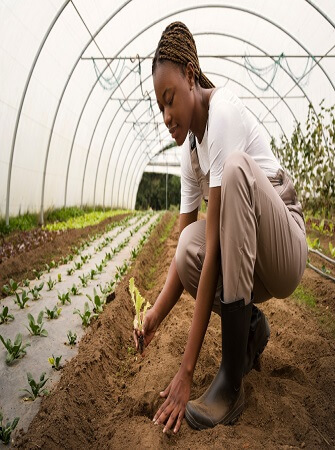
Inspect incoming stock as soon as possible after arrival and before plants are moved into production areas. Look for the presence of insects, mites, diseases, or cultural problems such as nutritional deficiencies. If feasible, quarantine infested or problematic plants in an isolated greenhouse or area so they can be treated with a pest control material before they are placed in production areas.
Scouting Guidelines
Small greenhouses (less than 400 square meters.) can be scouted as one unit. Larger greenhouses should be divided into 200 to 300 square meters. sections for ease of scouting. Scout propagation areas at least every 3 to 4 days. In many cases there are no specific requirements for how many locations or plants to be monitored.
The number of plants inspected will depend on factors such as the value of the crop, potential problems and size and type of greenhouses. The more plants or locations inspected, the more likely the sooner a problem will be detected, when management is easiest. In practice, scouting is a compromise between thoroughness (examining everything), efficiency (putting limited time to the best use), and cost (the value of improved management information).
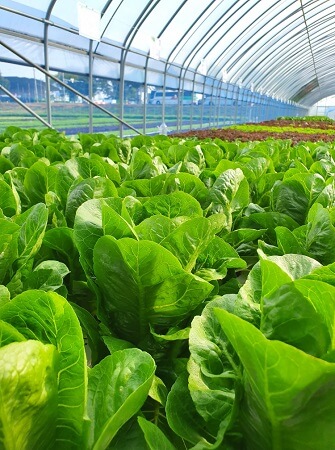
Sampling a predetermined number of each crop increases the likelihood of locating “hot spots,” which are areas with high arthropod pest populations. Take advantage of previous experience by focusing on plant species that tend to be susceptible to arthropod pests. One way is to spend a predetermined amount of time per area of growing space, such as 5 to 10 minutes for each 100 square meters of growing area, inspecting 20 or more randomly chosen plants.
In addition to random selection, targeted scouting is a way to assess anticipated problems or problems that are known to exist. One approach is to use a combination of random and targeted scouting. Use each method to sample the same proportion of plants each week. For example, one-third of the plants could be randomly selection, while the other two-thirds are known or suspected to have problems.

Scouting should begin at the major doorway, which is usually an entry point of pests. Special attention should be paid to plants around any openings in the greenhouse. Scouts should walk every aisle and move from bench to bench in a snake-like manner. Plants should be inspected on every bench. Examine plant parts in a systematic manner. For example, begin with buds or flowers, then inspect new growth, younger leaves, older leaves and finally basal stems. Examine leaf axils and the tops and bottoms of leaves. Many pests prefer the undersides of leaves or inner, protected plant parts.

Use a 10X, 5X or 20X hand lens to facilitate observation. If the plants are small, the sample unit may be an entire plant; for larger plants the sample unit may be a set number of shoots and leaves, such as 2 to 6 per plant. Hanging pots should also be inspected. For at least several plants in each section, examine roots for root decay, root-feeding insects or other problems. Follow the same pattern of inspecting each plant every time. Wash hands thoroughly or wear disposable gloves and discard them after handling any plants suspected of being diseased as poor sanitation during scouting can spread pathogens.

Yellow sticky cards
Yellow sticky cards are commonly used in greenhouses to monitor winged pest populations. These cards capture adult whiteflies, thrips, fungus gnats, shore flies, leafminers, and winged aphids. Mites, mealybugs, scales, and non-winged aphids do not fly, so they are not captured on sticky cards.
Each yellow sticky card should be numbered and cards positioned throughout the greenhouse in a grid pattern. Use approximately 3–4 cards per 100 square meters, or a minimum of one card per 100 square meters, with additional cards placed near openings such as doors, vents, and sidewalls. Use clothespins and stakes to vertically attach sticky cards just above (4–6 or 10–15 cm.) the crop canopy. As plants increase in height, move the sticky card upward (vertically) on the stake. Blue sticky cards are also attractive to thrips (and even shore flies) and may be used to detect low thrips populations on susceptible crops (e.g., impatiens and begonias).

However, thrips and other insect pests captured on yellow sticky cards are easier to observe than on blue sticky cards. When monitoring for fungus gnat adults, place yellow sticky cards horizontally or flat, near the growing medium surface because more fungus gnat adults will be captured compared to placing sticky cards vertically above the crop canopy.
Change the cards weekly, and place new cards in the same areas of the greenhouse to track pest trends. Brief, concise and accurate information is one of the best tools available to make a pest management decision. Identify and record pest numbers. Over time, population trends will emerge and provide direction for your pest management program.
Potato disks
Potato disks are used to monitor for fungus gnat larvae. Cut a fresh potato into disks 2.5 cm in diameter and 0.6 to 1.2 cm in thickness; then press the disks into the growing medium in tagged or flagged pots. For plug trays, potatoes may be cut into small “French fry” shapes or wedges and inserted into the growing medium. In general, use 5–10 potato wedges per 90 square meters of greenhouse production area.
After two days, inspect the undersides of the potato disks and/or wedges for the presence of fungus gnat larvae, which have distinct black head capsules. Record the number of larvae located on each potato disk or wedge, and those present on the surface of the growing medium.
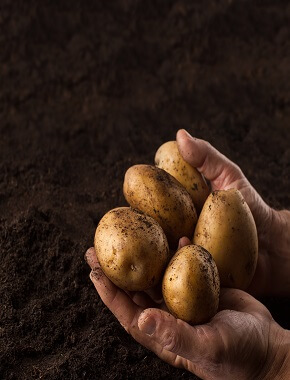
Indicator plants
Indicator plants are typically used to determine the efficacy of pest management tactics or to monitor for the viruses (tospoviruses) such as impatiens necrotic spot virus (INSV) and tomato spotted wilt virus (TSWV) vectored by the western flower thrips (Frankliniella occidentalis).
Before implementing any pest management strategy, select and tag (or flag) the leaves or stems of 1–5 infested plants per 100 square meters. The tagged plant allows the scout to easily recognize it from a distance. After implementing any pest management tactic, inspect the indicator plants to assess if arthropod pests have been killed and evaluate the effectiveness and longevity of control.
The detection of the viruses transmitted by thrips involves the use of either dwarf fava bean (Vicia faba) plants or ‘Summer Madness’ petunias. Position a blue card with the sticky portion covered near the indicator plants in order to attract adult thrips. Blue plastic picnic plates (photo) cut in half work well in place of a sticky card to attract adult thrips. If thrips adults possess any tospovirus, a brown, necrotic spotting will be observed near white feeding scars on the plants within 48 hours.
Pest Identification
Pest management decisions are initially based on correct/accurate identification and understanding of the insect or mite pest’s life cycle (egg to adult). Effective pest management depends on a greenhouse grower’s ability to determine which life stages are present and which are susceptible to available pest management tactics. For example, spraying a pest control material (in this case an insecticide) to manage whiteflies is most effective when they are in the nymphal stages. Misidentification of arthropod (insect or mite) pests or their life stages can be costly and lead to inadequate control such that arthropod pest populations increase to levels that cause crop damage.
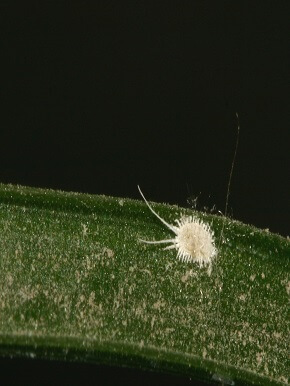
Pest Management in Greenhouses Using Biological Control
Greenhouses provide a suitable environment (e.g., temperature and light) for numerous biological control agents or natural enemies including parasitoids, predators, and entomopathogenic nematodes. Many natural enemies are commercially available and can be incorporated into existing greenhouse pest management programs. In general, the use of biological control is most effective in extended cropping systems such as cut flowers and vegetables, however they are also being successfully used in short term ornamental cropping systems such as annual bedding plants.
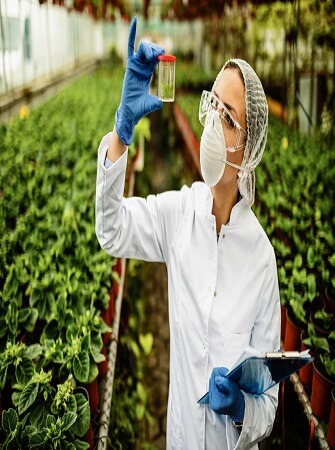
Biological control is much easier to implement in a monoculture (single crop) than in a polyculture (multiple crops). Natural enemies cannot be used in the same manner as pest control materials (insecticides or miticides). Pest control materials are typically applied after arthropod pests reach damaging levels, and when effective, the designated pest control material reduces the arthropod pest population.
Using natural enemies as a curative control is less successful compared to applying them preventively. Natural enemies should be released early in the cropping cycle when plants are small, arthropod pest populations are low, and before crop damage occurs. Releases of natural enemies may be required throughout the growing season in order to sustain arthropod pests at low populations.
A biological control program can succeed if these recommendations are followed:
1) correctly identify all arthropod pests,
2) purchase natural enemies from a reliable biological control supplier,
3) make sure there is a consistent supply of high quality natural enemies,
4) emphasize that proper shipping procedures be followed, and
5) obtain directions from biological control suppliers on proper release rates and timing of application
Start any new biological control program in a small isolated greenhouse, in propagation houses, or in a greenhouse where edible crops such as herbs are being grown. This approach allows you to gain experience and then have the opportunity to expand into other production areas. It is critical to implement a scouting program and establish a favorable relationship with your biological control supplier early. The success of any biological control program relies on patience and a strong commitment to detail (e.g. scouting and record-keeping).
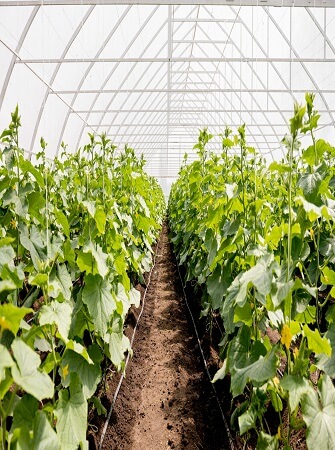
If you would like to start greenhouse farming in Nigeria and you need a greenhouse farming business plan or consultation service, please send a mail to agsolutions@agricdemy.com
With our greenhouse farming business plan, you will learn:
- The different greenhouse sizes available and the materials required to build them
- The different fruits and vegetables you can grow in the greenhouse and their yields
- The cost of building and constructing a greenhouse based on the size you want
- Profit and loss estimates for the first three years of running one unit of greenhouse
- Vegetable and fruit market analysis in Nigeria
- Marketing and sales strategy for running a successful greenhouse in Nigeria
- Personnel required to operate your greenhouse, key milestones and so much more!
For a payment of $35 or N50,000 you can get our greenhouse farming business plan. To get more information on how to make payment for our greenhouse farming business plan via bank transfer, send a mail to agsolutions@agricdemy.com
If you want to learn more about greenhouse farming, check out more articles in our Greenhouse Farming section and watch our Greenhouse Farming video tutorials.
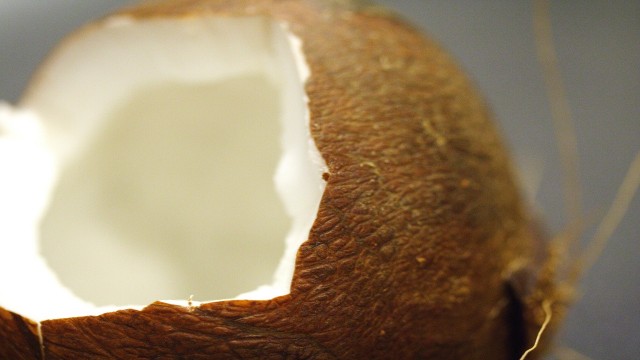
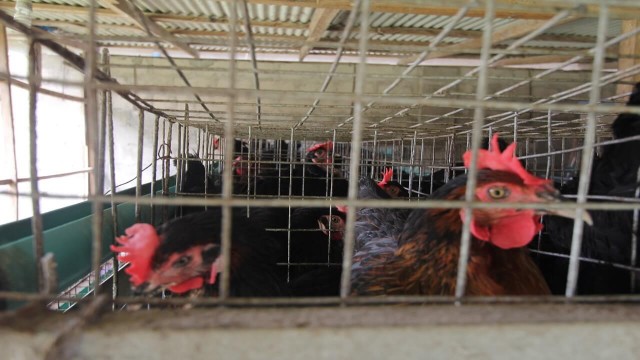
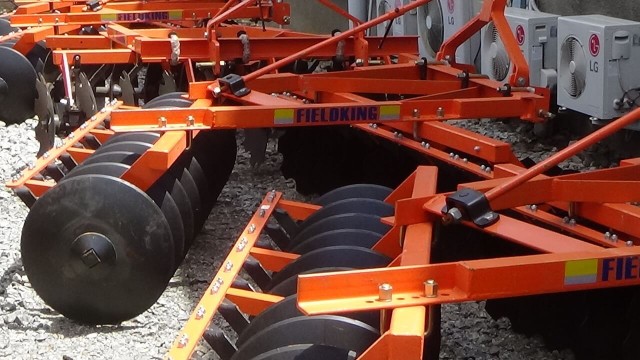
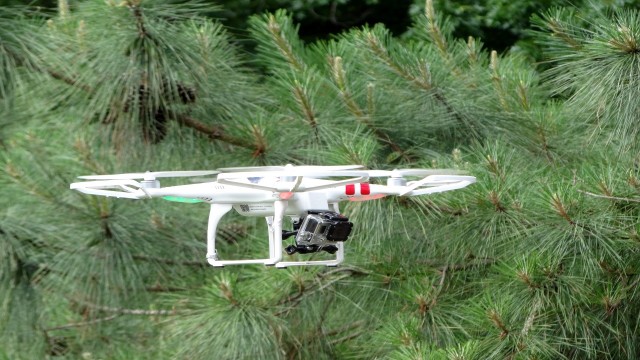
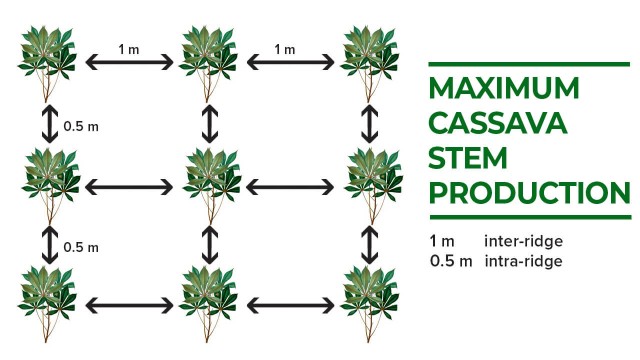
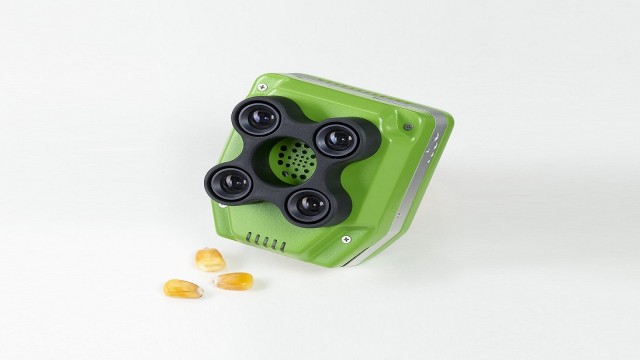
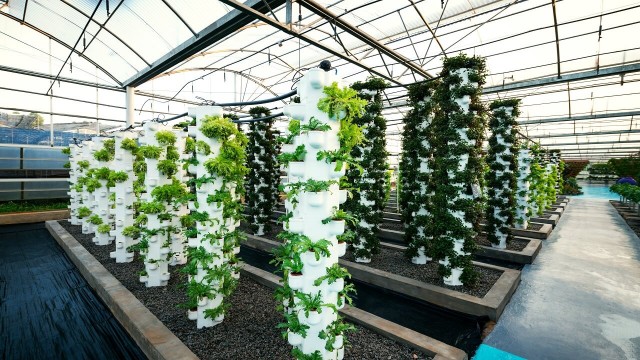


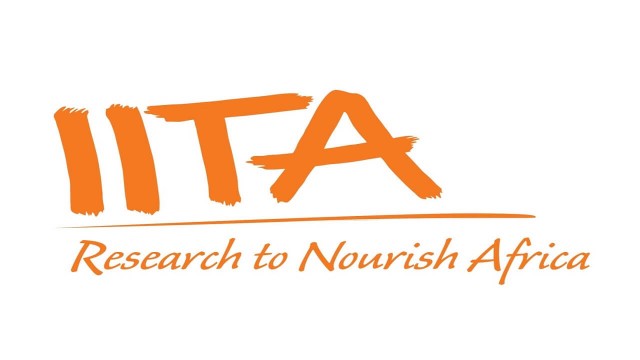
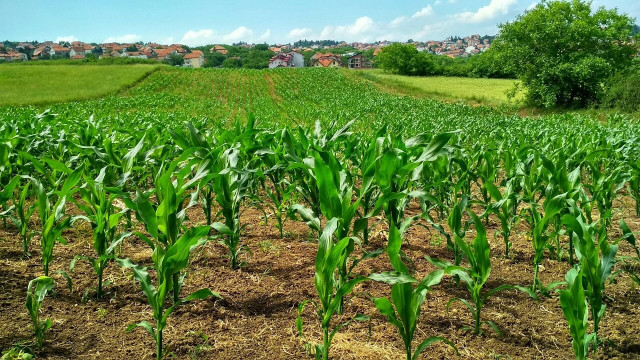

Share This Article: